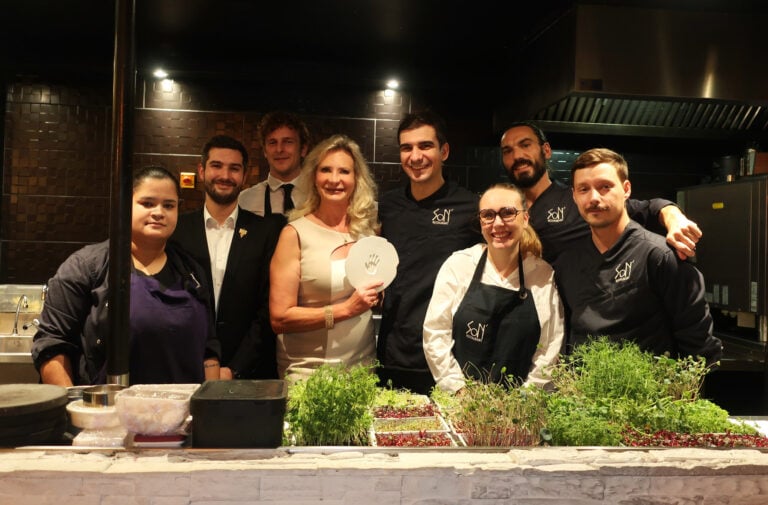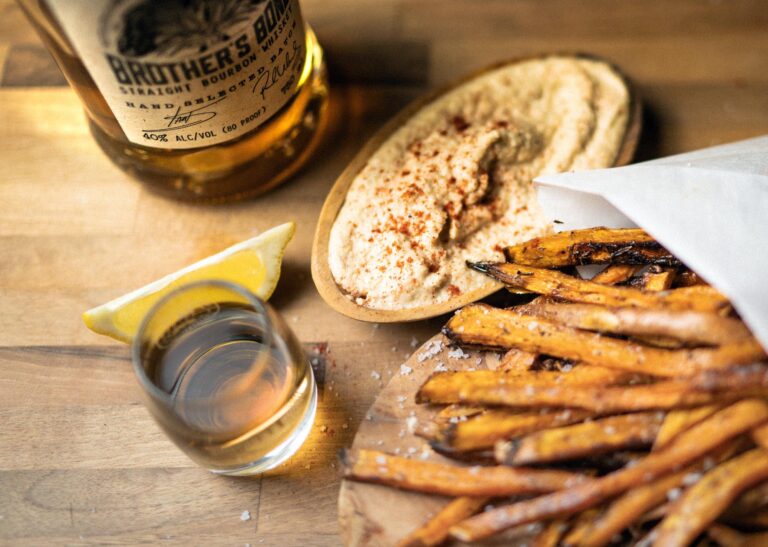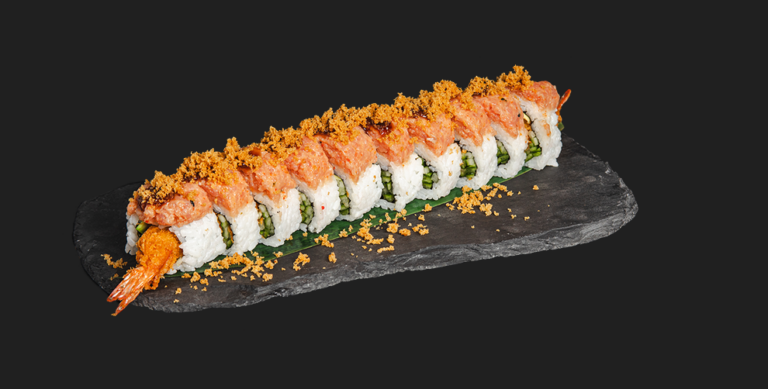Best Brasseries in Paris, France
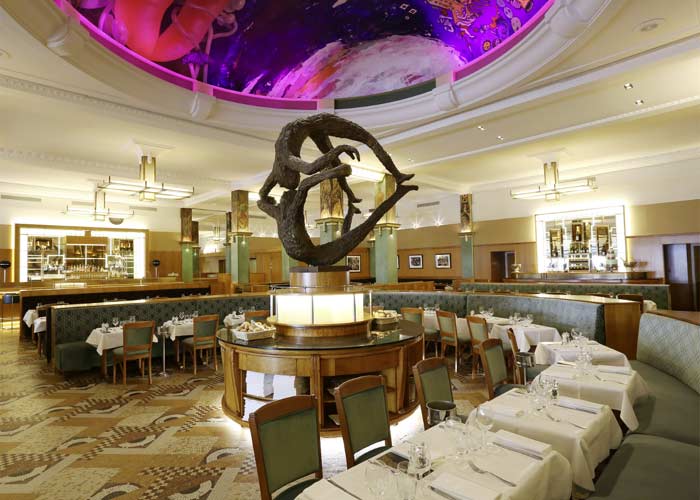
The Return of the Brasserie
Paris, February 2007
It is not certain that everyone remembers the “old glories” such as La Coupole in Montparnasse, the headquarters of the artists; La Closerie des Lilas, also in Montparnasse, an Hemingway’s hangout; and Wepler, the nest for the night owls of the right bank, on Place de Clichy, near the “X-rated” Pigalle.
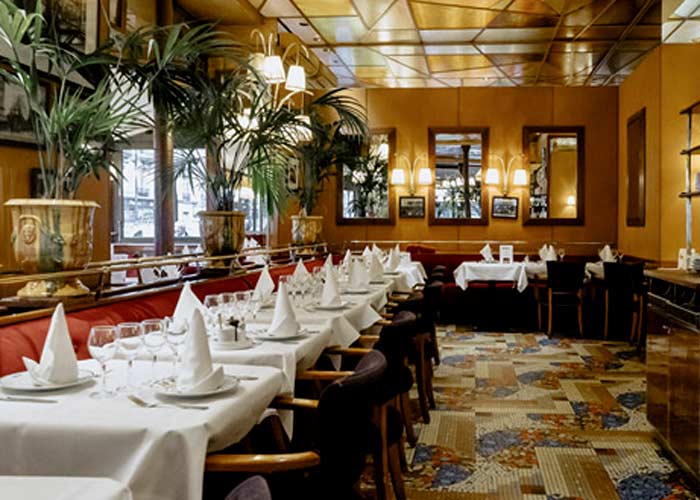
But if you think that all that remains are simply vestiges of the Parisian brasserie under the auspices of the Costes brothers with Ruc (at Palais-Royal, next to the Louvre Museum), you are dead wrong.
Sure enough, circa 1980 saw a surge in so-called “concept” restaurants and chains. They are now gone with the wind and the survivors of this era are totally out of fashion. Of course, diners of these bygone days have changed, too.
Today, brasseries are hip and are again attracting crowds—and for good reason. They offer continuous service seven days a week, while regular restaurants are closed two-and-a-half days per week. Service is always highly professional—with Monsieur Paul at Zeyer, it is as good as it gets. Still, we are sorry that the young waiters have shaved their exuberant moustaches and dropped the white aprons as well as the black spencer. They whisk the dishes to the tables clean-shaven, donning white jackets. Goodbye to the nostalgia and solemnity still lingering in some gourmet restaurants.
Indeed, until recently there was some uncertainty regarding brasseries because of their unstable economic environment. A Belgian financial entity took over the Flo Group (owner of La Coupole, Bofinger, Julien, Le Vaudeville and a dozen other establishments outside of Paris in Metz, Nancy, Reims, Nice and Barcelona). Simultaneously, the very active Blanc brothers (owners of Au Pied de Cochon, Le Procope, La Lorraine, among a few) sold their restaurants with their staff to an investment fund managed by a French financial institution, the Caisse des Dépôts et Consignations, which also bought Le Sud group, comprising Le Copenhague and La Marée.
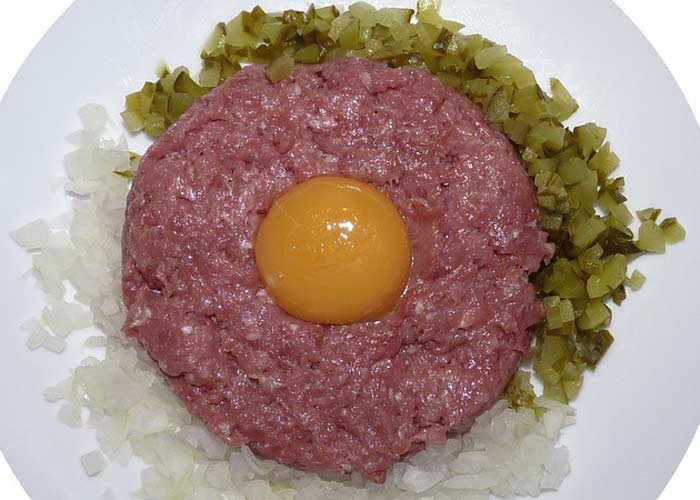
The competition appears to have been beneficial to both groups: the cuisine has regained energy while remaining faithful to the brasserie tradition. Leeks with vinaigrette and celery rémoulade (blanched shredded celery with a tangy mayonnaise) are, as always, the popular first courses, followed by andouillette (cooked tripe sausage), choucroute and red meats.
Prices are kept at moderate levels. The days of the plat du jour chalk-written on a slate seem far away when the Flo Group lures customers with a 15 percent discount if you book online, and the Blanc brothers market, until the end of March, a selection of oysters from the best producers—seven varieties of oysters will be served in the seven brasseries of their group. The steak tartare is the emblematic dish of the brasserie. Its meat has to be tasty, minced with a knife, and seasoned according to the customer’s taste; an egg is added to give texture. Standard seasonings come from Tabasco, Worcestershire sauce, shallots, capers and onions, with or without ketchup.
What differentiates one brasserie from another, a standout from a lesser effort? The french fries? They have to be peeled and cut daily, fried in two distinct deep-fryers. This is mandatory by law. Alas, they can also be “industrially” processed—crisp but most often downy. The top potatoes are to be found at Le Boeuf Couronné, in the La Villette area, the flagship restaurant of Gérard Joulié. Don’t miss the ”pommes soufflées,” thinly sliced puffed potatoes double-fried. The only place serving as good “pommes soufflées” is, unquestionably, the illustrious La Tour d’Argent. Looking for the best french fries? No doubt Chez Georges (Porte Maillot) has them, and Le Stella (avenue Victor Hugo) does not rank far behind. At La Closerie des Lilas, french fries are served at the brasserie and chips “Pont-Neuf” at the restaurant where they pair with the pepper beef tenderloin “Hemingway,” flamed with bourbon at your table by Jean-Jacques Caimant, the manager.
In this line-up we must also mention Le Ballon des Ternes (17th arrondissement) and in the suburban areas of Paris, Le Coq de la Maison Blanche (Saint-Ouen) and the newcomer Le Petit Vanves (in Vanves). Le Café des Editeurs, at Odéon (6th arrondissement) in the Latin Quarter, can’t be forgotten, as well as Zeyer.

